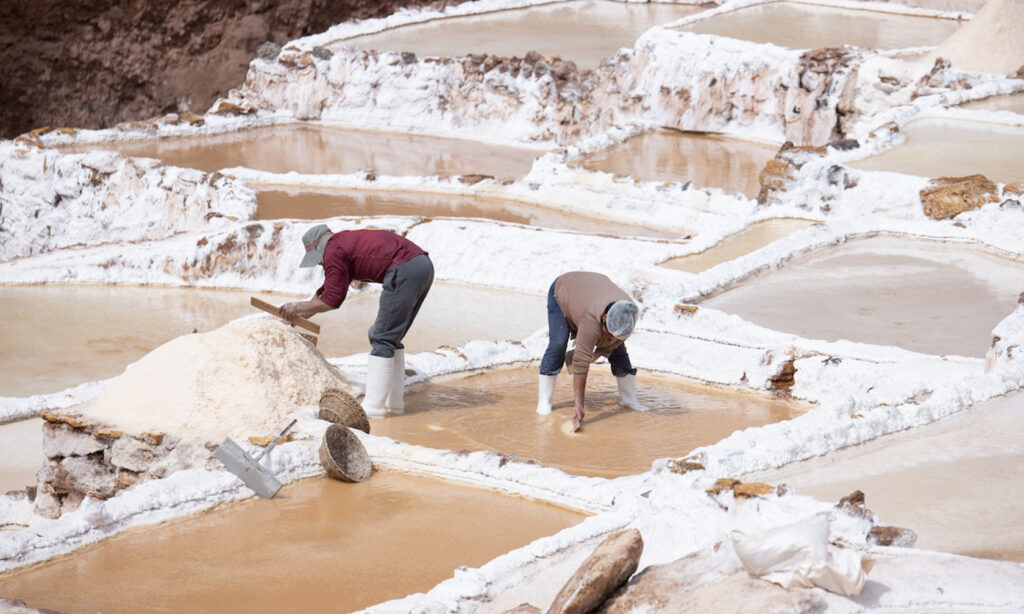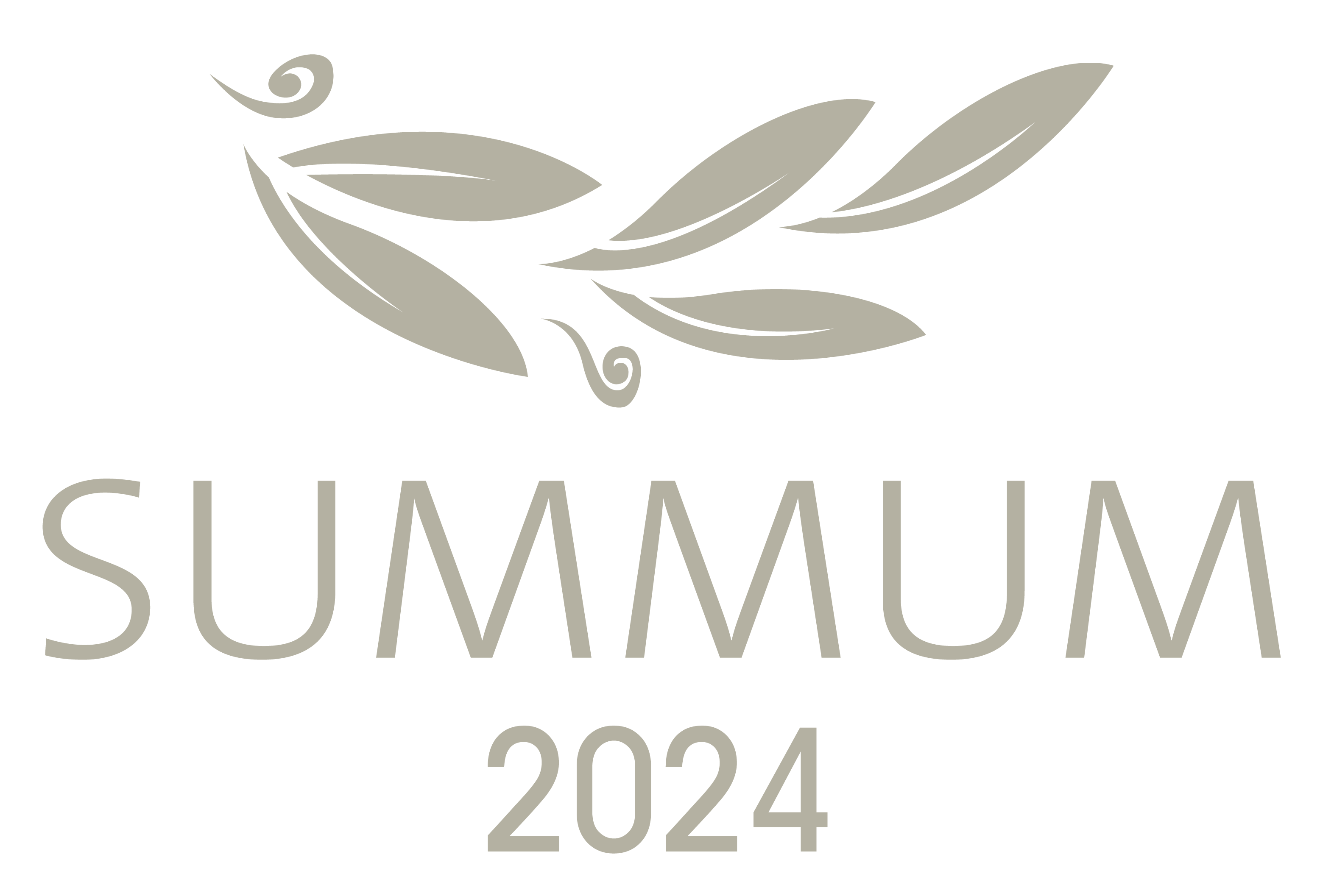
Iconic Product
Sal de Maras, salt: a love story

A striking mosaic of light browns, pinks, and whites dazzles visitors—at times with intensity, at others, not so much, depending on the whims of the powerful Andean sun or the thick, billowing clouds so typical of the highlands. The salt mines of Maras, located 50 km (31 m) from the city of Cusco and 3,200 m (about 10,500 ft.) above sea level, are a spectacle not to be missed.
Leaving the main highway, we travel for a few minutes along a dirt road before they suddenly appear, arranged like steps climbing up the mountainside: thousands of little ponds with whimsical shapes, fed by water flowing from an underground spring that is then channeled through a network of small irrigation ditches.
Little by little, the water contained in roughly 4,500 shallow pools with a surface area of about 5 m2 evaporates, leaving behind salt crystals. The community members of Maras and Pichingoto harvest during the dry season, between June and November, making use of age-old techniques and knowledge that salt farmers learn from a young age, passed down by parents and grandparents from one generation to the next. “There are different qualities of salt,” explains Nelly Ortiz, a salt farmer from Pichingoto. “The salt from the top level is used for human consumption, while the second and third layers are used for crop fields, animals, etc.”
Jorge Fidel Acurio, president of the community of Maras, notes that the salt mines of Maras “were added to UNESCO’s World Heritage list in 2019.” He explains that the two communities are partners in the salt mines. The farmers sell the salt to their collectively owned company, Marasal, which then markets pink salt and its byproducts, like black salt, smoked salt, or salt with aromatic herbs, as well as chocolates with Maras salt and more.
The salt mines are not only an excellent example of how to make use of natural geographic features; they are also an important economic, touristic, and cultural asset for local residents— the valuable legacy of pre-Incan techniques that have been preserved to this day.




